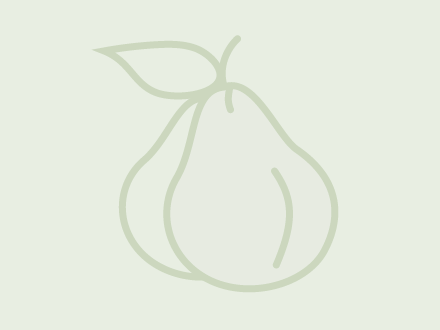An attractive, highly disease-resistant apple, ideal for organic growers.
Rogue Red Pear Scionwood (Spring 2024)

A lovely winter pear, a Comice offspring.
The tree is very upright and vigorous. It is susceptible to fire blight. Suggested pollination partners include Bartlett, Comice, and Bosc. It is not well pollinated by Anjou.
Rogue Red is a pretty, red winter pear. The fruit is large, with a tapering neck, and the majority of the green skin is blushed red. The flesh is tender, melting, and juicy, with few stone cells, and the flavor is honeyed. Rogue Red can be ripened off the tree without any time in cold storage. The fruit is firm enough for commercial use.
Crossed in 1947, evaluated and selected in 1955, and released in 1969, Rogue Red was created by breeders at the S. Oregon Experiment Station.
Volume Pricing
| Quantity | Rogue Red Pear Scion |
|---|---|
| 1 | $12.00 |
| 2-5 | $7.00 |
| 6-10 | $6.00 |
| 11-99 | $5.00 |
| 100+ | $4.00 |
The Fruit
Fruit Type
Category: Pear
Subcategory:
European
Fruit Uses & Storage
Uses: fresh eating, baking, storage, canning, sauce
Storage duration: one to three months (approximate, depending on storage conditions)
Fruit Appearance
Skin color: green
Flesh color: off-white
Fruit Origins
Parentage: Comie x [Seckel x Farmingdale seedling 122]
Origin: Medford, OR
Introduced in: 1969
Introduced by: F.C. Reimer, E. Degman, V. Quakenbush
The Environment
Calendar & Geography
USDA zones: 5 - 8
Chill hours: 600
Ripening date: Sep 17 (approximate, in New York State) + 28 days after Bartlett
Diseases & Pests
glossary
Fireblight: Susceptible
Pollination
Pollination Factors
glossary
Bloom group: 3
Is it self-fertile? N
Is it fertile? Y
Ploidy: Diploid
Pollination Partners
This table shows the first few results from a full search for pollenizers of Rogue Red Pear. Please see our Pollenizer Search to run other queries and read how the application uses various factors. Also read more about fruit tree pollination.
| Tree | Currently in Stock |
|---|---|
| Flemish Beauty Pear | 0 |
| Aurora Pear | 0 |
| Gem Pear | 0 |
| Harrow Delight Pear | 0 |
| Summercrisp Pear | 0 |
| Bartlett Pear | 0 |
| Sunrise Pear | 0 |
| Potomac Pear | 0 |
| Harvest Queen Pear | 0 |
| Kalle Pear | 0 |
| Blake's Pride Pear | 0 |
See all pollination matches for Rogue Red Pear
Featured Products
A few things we're loving right now...
A full-flavored, freestone white peach.
One of America's oldest apples, good for storage, baking, and cider.
A widely-grown, large, yellow-fleshed nectarine.












